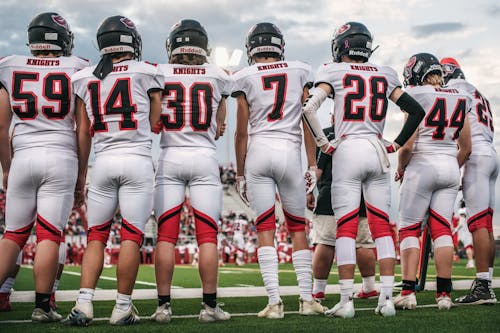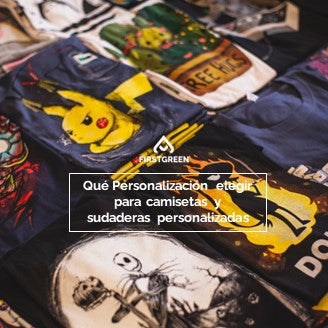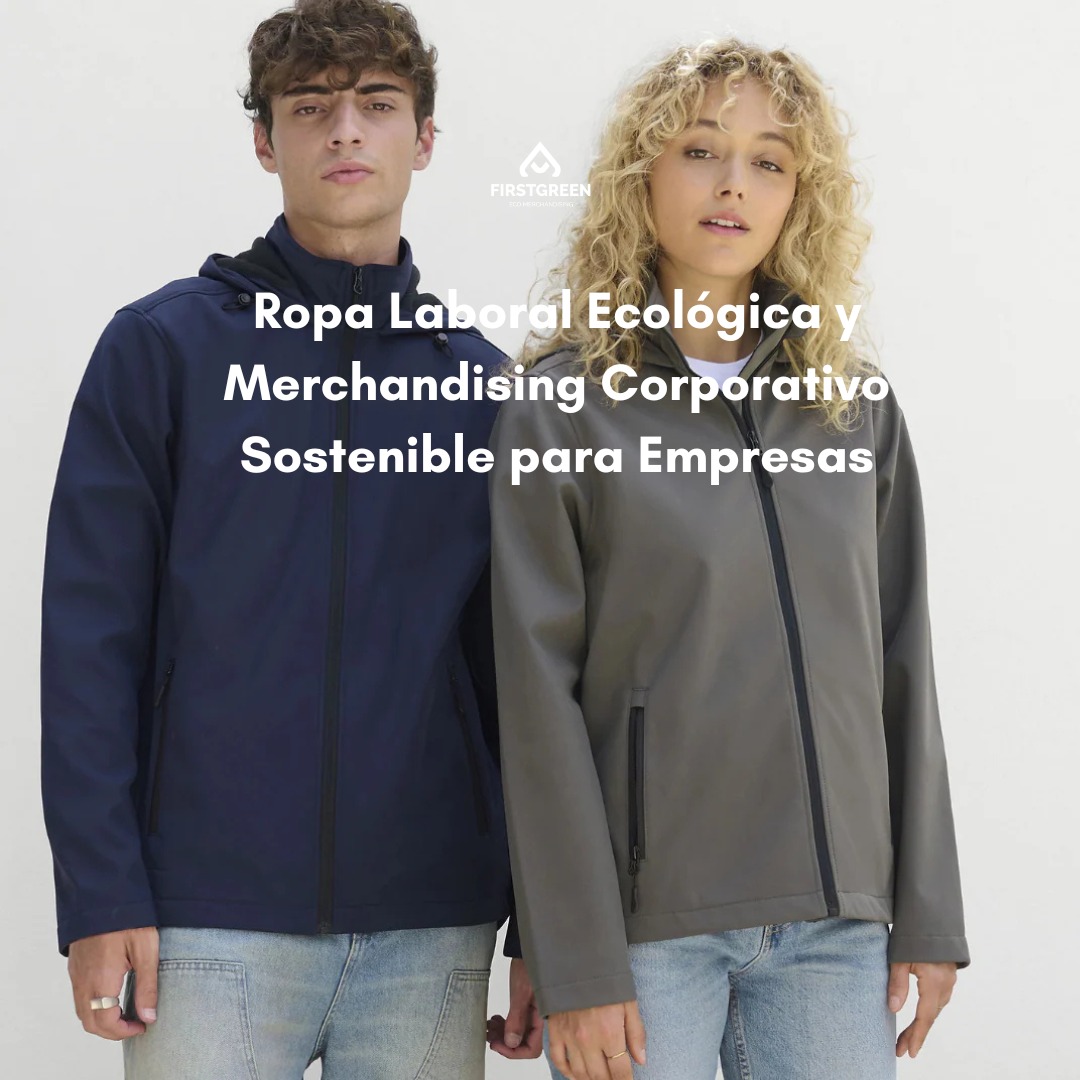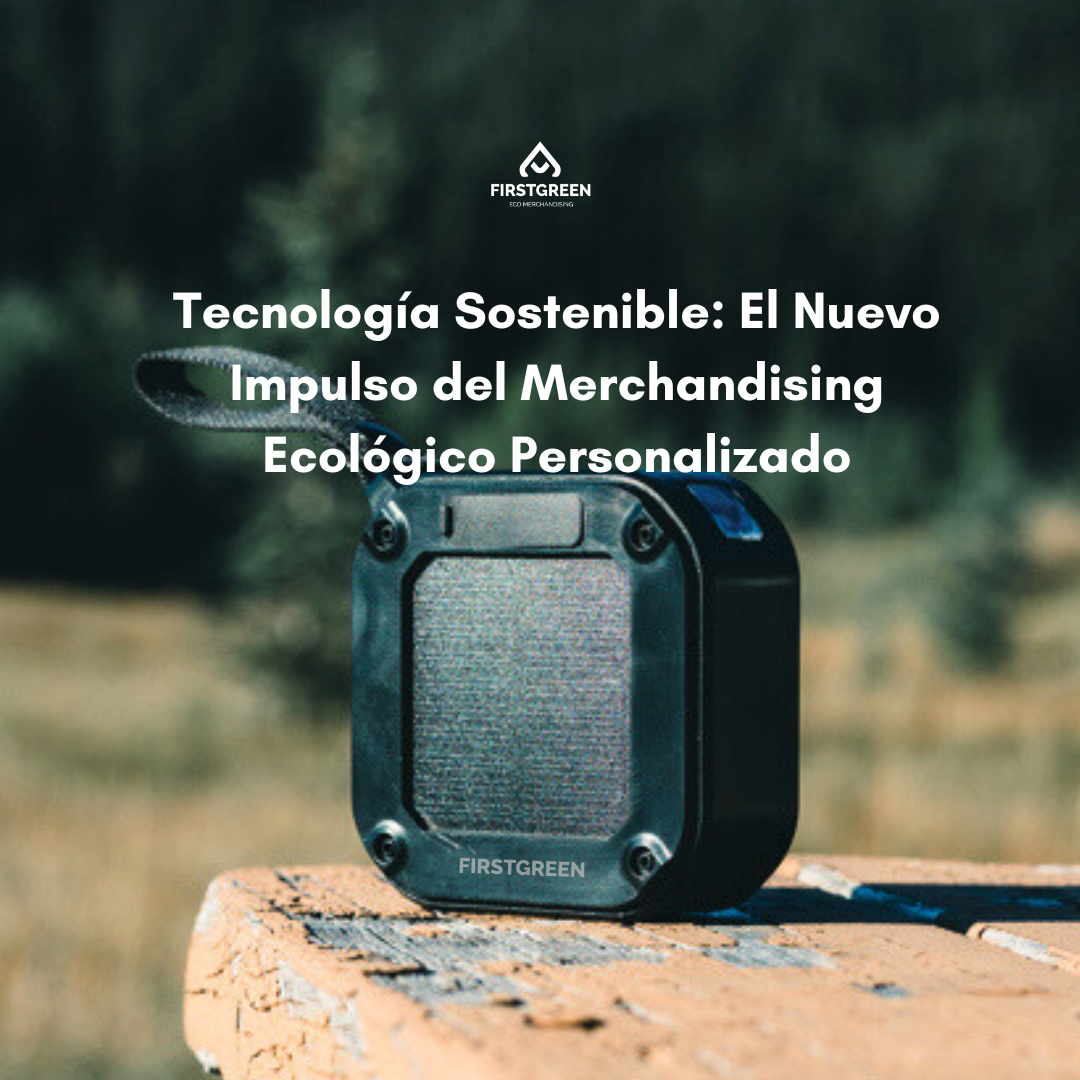Personalized eco-friendly t-shirts for any time of the year, and sweatshirts for cold and temperate seasons, are garments that are always in high demand, which is why in ecological advertising merchandising their variety is so large in order to cover any aspect (purchase or gift) and need (fashion, comfort, insulation or thermal properties) that can be attributed to it, whether as a company gift or as work clothing.

Advertising T-shirts or underwear?
The T-shirt is a classic in our wardrobe, from fashionable T-shirts to sports T-shirts or as underwear. Comfort is its main quality.
Its beginnings as men's underwear from the Middle Ages, T-shaped and made of linen and cotton, were the garment that protected the skin from the uncomfortable fabrics of the time. A sign of wealth, easy to wash, they served as a hygienic barrier.
In the 19th century, the shirt was shortened to make it more comfortable; with the industrial era, it became mass-produced, refined and manufactured from textiles such as percale and wool.
At the end of the century the British Navy began to use white flannel shirts as underwear, but when they were allowed to use them for work on deck, it was the beginning of the use of the T-shirt for the working class.
It was also the United States Navy that adopted the cotton T-shirt, when it discovered that it was a more comfortable and breathable fabric.
From then on, white T-shirts were marketed as sportswear or as underwear. This meant that the white space on T-shirts was filled with all kinds of messages. Fashion T-shirts could then be used as a showcase for messages and logos. This is how many companies' advertising marketing appeared, a cheap and effective personalized gift.
What type of customization to choose
To know which textile personalization is most suitable for that promotional gift and which will last as long as possible, you don't have to go for the most expensive one. Ecological sweatshirts and personalized t-shirts can be one of the most used eco merchandising items to promote a brand.
To do this, take into account the material, the intended use and the type of customization. If you take these aspects into account, you will achieve the best result and the best quality-price ratio to represent your company's advertising.
Textile customization techniques
1.- Textile sublimation is the most well-known and long-lasting technique, as it leaves a perfect print without the ink being visible. However, it is only done on white polyester , a fabric used for personalized t-shirts at sporting events and training sessions. It is an absorbent fabric that facilitates the evaporation and elimination of sweat. It practically does not shrink and is more resistant and durable than cotton.
In this technique there is no limitation of colors , variations or gradients without varying the price since a monochromatic print costs the same as a full-color one.
2.- Textile vinyl. This technique provides a print that does not crack, lose color or peel off the fabric. Ideal for printing texts or motifs with fine lines.
First, the design is printed on textile vinyl (thermoadhesive plastic sheet), after which it is adhered to a heat-transferable textile paper.
Secondly, the textile vinyl is placed on the area to be personalized and heat and pressure are applied. Finally, the already printed design is covered with a laminated sheet and covered again and ironed again, achieving a laminated effect on the fabric.
For the customization of the t-shirt or sweatshirt, only solid colors may be used (i.e. a color that lacks variations, effects or gradients), and it is not recommended to use more than 3 or 4 in each design and digital images.
It can be applied to fabrics made of different materials, especially cotton, polyester or a mixture of both.
3. - Transfer. In this technique, the design is printed, in any colour or gradient, on transfer paper and adhered to the fabric using heat setting. This is a technique that is only applied to cotton t-shirts, as it can be easily removed from other fabrics. This is the least durable technique, but it is very quick and easy.
4.- Silkscreen printing, in this technique a screen or mesh is used with a frame. It can be done on any surface or fabric and can also be adapted to the surface or range of colors to be used. Applied correctly, it is very durable.
- Flat colors, without gradients or many colors in a single image. If there are two or three colors but they are not gradients, they can also be used.
- Polychromy: used to print many colors and is the most common.
- Color simulation: used to print dark garments.

5. - DTF ( Direct Transfer to Film). This is a technique in which the design is printed on a film to create a kind of digital transfer that can be used on cotton t-shirts (at least 80%) polyester, and can mix any color, since in this technique a white ink base is applied at the same time as the colored ink, thus ensuring that the colors do not mix.

Its finish is somewhat plasticized, but with a finer finish to the touch and integrated into the fabric, since the ink is impregnated in the fabric, with a very high resistance to washing and wear.
6.- Custom embroidery, a technique that can be carried out on any type of garment, but to obtain an optimal result it must have a good weight.

Personalization and fabrics
Sublimation: for white polyester, with a perfect print without the ink being noticeable to the touch, without color restrictions.
Textile vinyl : It can be applied to fabrics of different materials, especially cotton, polyester or a mixture of both. Flat colors and a laminated and durable finish, it does not crack or lose color.
Transfer: Applied to cotton t-shirts, any color, laminated finish and less durable.
Screen printing, any fabric and color, very durable.
DTF, on cotton t-shirts and sweatshirts (at least 80%), polyester, or only polyester, without color restrictions, with a plastic finish but finer than screen printing and transfer, very durable.
Embroidery: any fabric, with a maximum of 8 colors, elegant finish and very durable.
Do you already know what to choose? We can continue to advise you in the eco merchandising that FIRSTGREEN represents. Just contact us and we will offer you the best option for your business.



